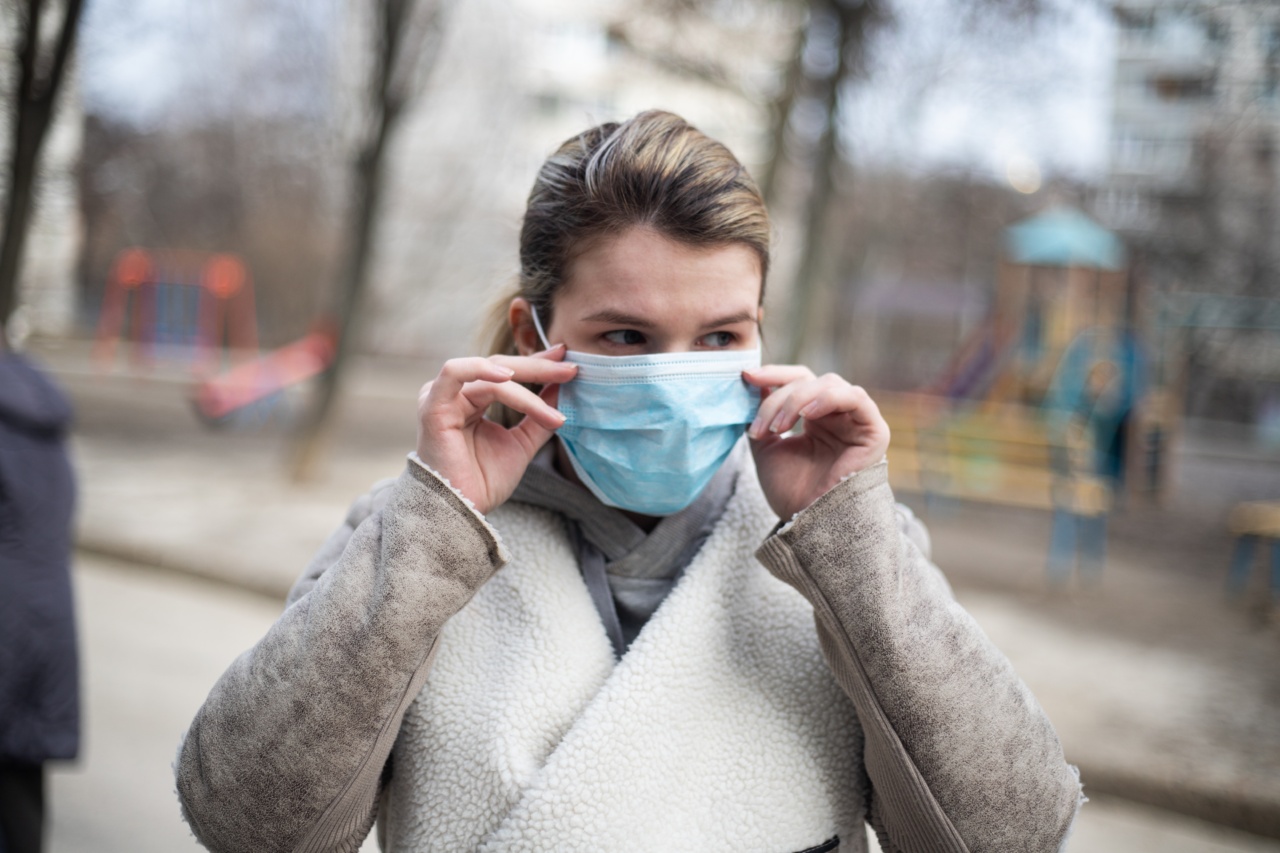Winter is just right around the corner and so are the common cold and the seasonal flu. It’s not uncommon to see people coughing and sneezing around you during this time of the year.
Influenza and colds are both respiratory illnesses, but their severity and symptoms differ. People tend to confuse these two illnesses because they share a lot of the same signs and symptoms. However, understanding the differences between these illnesses is important, especially since they co-occur during the winter season.
In this article, we’ll explore influenza and colds, their similarities, and differences.
What is Influenza?
Influenza, also known as the flu, is a contagious respiratory illness caused by influenza viruses that affect the nose, throat, and sometimes the lungs. It can cause mild to severe illness and can lead to hospitalization and even death.
The flu virus spreads through droplets when an infected person coughs, sneezes, or talks. The symptoms of the flu can start suddenly and include:.
- Fever/chills
- Cough
- Sore throat
- Runny or stuffy nose
- Muscle or body aches
- Headaches
- Fatigue (tiredness)
- Vomiting and diarrhea (more common in children than adults)
What are Colds?
The common cold is also a respiratory illness caused by viruses. There are over 200 different viruses that can cause a cold. Cold viruses spread through the air and through contact with contaminated surfaces.
The symptoms of a cold come on gradually and can include:.
- Runny nose
- Sneezing
- Cough
- Sore throat
- Mild fever
How Do They Co-Occur?
The flu and colds tend to co-occur during the winter months because the viruses thrive in cold and dry air.
People are more likely to stay indoors to avoid the cold weather, and that increases the possibility of the viruses spreading from person to person. Furthermore, because the flu and colds share many symptoms such as a cough, sneezing, and a sore throat, it’s often difficult to tell which illness someone is suffering from.
How Are They Different?
While the flu and cold share many similar symptoms, they differ in several ways. Here are some key differences:.
- Symptom Onset: The flu virus often comes on suddenly with symptoms that appear within one to four days. Colds, on the other hand, have a more gradual onset and take several days for symptoms to appear.
- Fever: Flu symptoms almost always include a fever, whereas a fever is rare with a cold.
- Body Aches: Flu symptoms typically include body aches and muscle soreness, while colds usually do not.
- Duration: Flu symptoms typically last from five to seven days, while cold symptoms usually last one to two weeks.
- Seriousness: While colds are usually mild and result in few complications, the flu can be severe or even deadly. The flu is responsible for tens of thousands of deaths in the United States each year, typically older adults and young children.
Prevention Strategies
Preventing the flu and colds involves taking preventative measures to protect yourself and others. Here are some strategies for prevention:.
- Get vaccinated: The flu vaccine is recommended every year for individuals six months and older. Although the flu vaccine is not 100% effective, it can reduce the severity and symptoms of the flu.
- Wash your hands: Regular handwashing with soap and water can help prevent the spread of viruses.
- Cover your mouth and nose: When you cough or sneeze, use a tissue or the inner part of your elbow to cover your mouth and nose.
- Stay home: If you’re sick, it’s important to stay home and avoid contact with others. This can prevent the spread of the virus.
- Avoid touching your face: Viruses can enter your body through your eyes, nose, and mouth. Avoid touching your face to reduce the risk of infection.
Treatment Strategies
Treatment for the flu and colds involves managing symptoms while your body fights off the virus. Here are some strategies for treatment:.
- Rest: Getting plenty of rest can help your body recover from the illness.
- Hydrate: Drink plenty of fluids to stay hydrated and help loosen mucus.
- Over-the-counter medications: Pain relievers, fever reducers, and decongestants can help manage symptoms.
- Talk with your doctor: Your doctor may prescribe antiviral medications if you have the flu or are at risk for complications.
Conclusion
The co-occurrence of influenza and colds during the winter months can be of great concern. While both are respiratory illnesses caused by viruses, they differ in their severity, symptoms, and treatment.
Understanding these differences can help you and your family take the necessary precautions to prevent the spread of these viruses. Remember to wash your hands regularly, cover your mouth and nose when coughing or sneezing, and stay home when you’re sick.
By following these prevention and treatment strategies, you can reduce the impact of influenza and colds on your health and those around you.






























